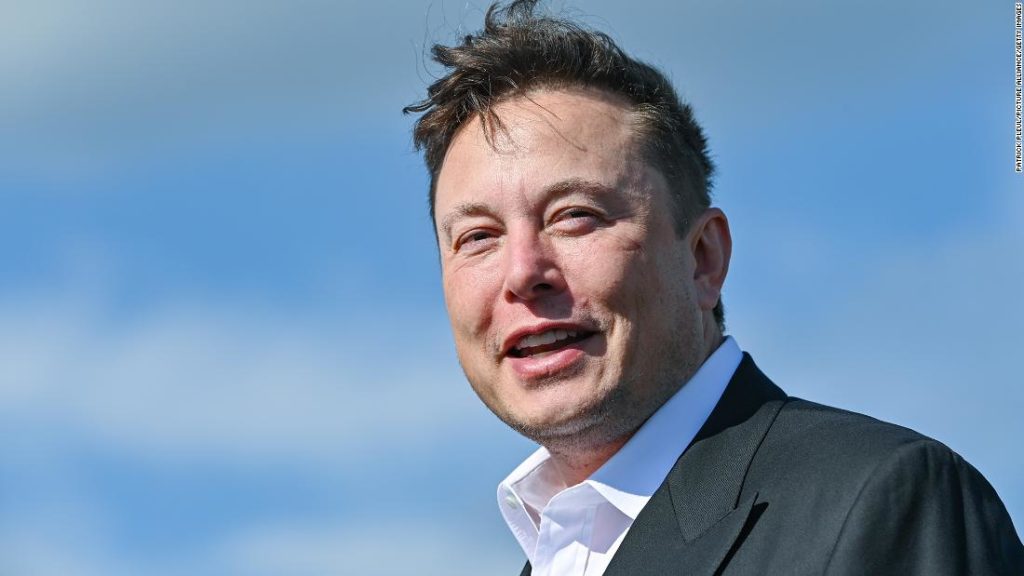“These feel like the kind of renderings an architecture student would do for their one-semester project,” Christof Spieler, a lecturer at Rice University who researches transit and urban planning, told CNN Business. “I don’t see any evidence that this has really been thought through in terms of how it would function.”
Loop is intended to be a high-speed public transportation system that’s more like underground layers of highways than a subway system. Teslas would whisk passengers through tunnels at speeds up to 155 mph.
The Boring Company received the approval of the Las Vegas Planning Commission Tuesday night to build part of Loop, its intracity transportation service, in the city. It will seek the city council’s approval next month.
Spieler said Loop’s renderings don’t show a “station” in a conventional sense; instead, they appear to show taxi-like loading areas.
Using The Boring Company’s tunnels to move people in low-capacity vehicles like sedans and SUVs is “comically inefficient,” according to Gerry Tierney, who co-directs the mobility lab at Perkins&Will, which has designed transit stations in North America and the Middle East.
“This is not a transit system. It’s a system for driving electric vehicles underground,” said Tierney, adding that it would be as if one of the world’s largest transit systems, such as the London Underground, replaced all of its subway trains with cars.
A standard airport people mover, which has been mainstream since the 1970s, would board more quickly than the Loop system, Spieler said, as there’s no need to duck and sit as you enter. A passenger can also hold on to their luggage, rather than accessing a trunk.
“It seems like car-thinking applied to a transit problem that we already know how to solve,” Spieler said.
The Boring Company hopes Loop will one day reach 155 mph and use autonomous Teslas, though the project will initially use human drivers and will be capped at 35mph, Las Vegas Convention and Visitors Authority CEO Steve Hill has said.
The renderings also do not appear to show any barriers that would block an unauthorized car from entering the tunnel, Spieler said. However, final projects usually end up looking different than the conceptual renderings.
One conceptual rendering shows a set of steps leading to a station, where the Teslas are boarded. Spieler said the renderings don’t appear to give any thought to people in wheelchairs. The Boring Company did not respond to multiple requests for comment, including whether accessibility features would be part of the project. Elon Musk also did not respond to requests for comment for this story.
A Las Vegas spokeswoman said its planning department will monitor whether there’s enough parking spaces for the disabled. City staff could recommend that the city council not approve the project, if code requirements aren’t met. An architectural review, environmental review and other reviews will examine if the project complies with all code requirements.
“Accommodations for the [disabled] will not be overlooked,” she said.
The Boring Company’s permit request to expand Loop in Las Vegas is technically for a monorail, although the system isn’t one. Las Vegas regulations for monorails aren’t technology specific, according to a city staff report on The Boring Company’s application, so the Loop system can be classified as a monorail. (Las Vegas already has a traditional monorail system operating in the city.)
You may also like
-
Afghanistan: Civilian casualties hit record high amid US withdrawal, UN says
-
How Taiwan is trying to defend against a cyber ‘World War III’
-
Pandemic travel news this week: Quarantine escapes and airplane disguises
-
Why would anyone trust Brexit Britain again?
-
Black fungus: A second crisis is killing survivors of India’s worst Covid wave

